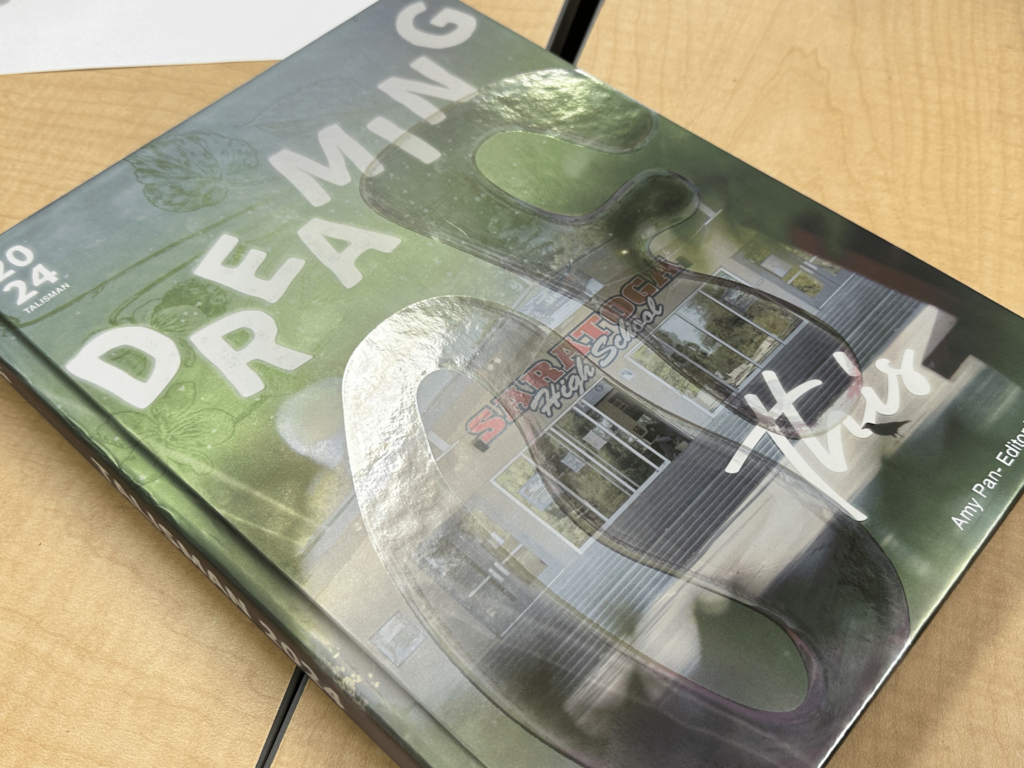Although talk about building a media arts center began nearly a year ago, the blueprints have now been completed, and the school will soon be moving to the next step of the approval process.
The main reason for the delay in the structure that will be home to the school’s new Media Arts Program (MAP), as well as the other various media arts classes at the school, is that many changes have been made in the architecture, pushing the eventual building date further back.
“It’s no longer the same structure as we thought it was going to be last year,” said media arts teacher Tony Palma. “Previously, we were going to be using a pre-fabricated structure to build off of the woodshop.
However, [now the plan is for] a standard or conventional construction with a wood frame that totals around 5,300 square feet.”
Since last year, the architectural plans have been completely revised, going from a more preliminary design to a complete blueprint. Last year, the building was estimated to cost $1.5 million. These plans are to be sent to the Division State Architect (DSA) in October for approval—a process which can be quite lengthy.
Although the changes to the design took up a lot of time, Palma said he is pleased with the revisions, saying the structure will now meet the needs of many more students and help to foster a better collaborative environment—one of MAP’s main goals.
“We want to make sure that we’re teaching students what it’s like to work in these collaborative environments and the right way to do it,” said Palma. “If all of our students can leave here and be team leaders, then we will have succeeded.”
Construction should start by late February.
“My birthday is in February, so I said that as a birthday present, I want construction to have started by the end of February,” said Palma. “Once we break ground, construction will take 15 to 18 months, meaning the building will be ready by early 2010.”
This year, the MAP program officially came into being, and incoming sophomores were presented with a new elective option: Media Arts 1.
When signing up for Media Arts 1, sophomores are also placed in Jason Friend’s English class and Mike Davey’s world history class, who coordinate their classes so that they cover the same or related themes and topics at the same time throughout the school year.
In the Media Arts 1 class, students sample all of the different types of media arts professions such as digital photography, web design and video production, while also applying the different skills they have learned in English and history to their projects.
Next year, when these 62 students move into Media Arts 2, they will be able to choose which skill they wish to specialize in. They will also have the same options as other juniors as to which history or English class they wish to enter, and the Media Arts class will adapt to meet the various needs of the students.
“I think it will be exciting, and a really interesting way to add on to the things we already teach in the other classes,” said Friend.


























